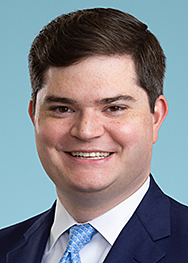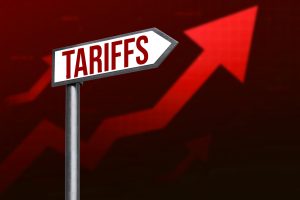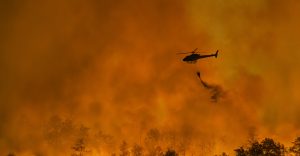 The Illinois Supreme Court has teed up a significant insurance question: Does a standard pollution exclusion bar coverage when the alleged “pollution” was not considered to be pollution when the policy issued—where the substance was lawfully emitted under an environmental permit?
The Illinois Supreme Court has teed up a significant insurance question: Does a standard pollution exclusion bar coverage when the alleged “pollution” was not considered to be pollution when the policy issued—where the substance was lawfully emitted under an environmental permit?
The court accepted a certified question from the Seventh Circuit on April 17, 2025, in Griffith Foods International Inc. v. National Union Fire Insurance Co.—a case that springs from the Sterigenics ethylene-oxide suits. The court’s agreement to consider the question signals the potential for a landmark ruling on the scope of pollution exclusions, with far-reaching implications for companies dealing with environmental and related toxic tort claims.






 Since President Trump took office on January 20, 2025, the administration has implemented significant changes to U.S. trade policy, including most notably with respect to tariffs. Within weeks of taking office, the White House announced changes to tariffs on steel and aluminum which placed a tariff of 25% on all such imports. New tariffs were also separately imposed on imports from Canada, Mexico and China subject to certain exceptions. Then, on April 2, President Trump announced “reciprocal” tariffs on most imports from most countries, branding the day as “Liberation Day” and one of “American industry rebirth.” These tariffs, which include a 10% baseline rate and higher specific tariffs targeting China, Vietnam and the EU, among others, prompted heightened concerns about a trade war. Then, on April 9, President Trump announced that although the 10% baseline reciprocal tariff will remain effect, the higher reciprocal tariffs will be postponed for 90 days—except for China, for which the reciprocal tariff and duties are being increased to 105%, which are being applied in addition to prior 20% duties and the Section 301 duties.
Since President Trump took office on January 20, 2025, the administration has implemented significant changes to U.S. trade policy, including most notably with respect to tariffs. Within weeks of taking office, the White House announced changes to tariffs on steel and aluminum which placed a tariff of 25% on all such imports. New tariffs were also separately imposed on imports from Canada, Mexico and China subject to certain exceptions. Then, on April 2, President Trump announced “reciprocal” tariffs on most imports from most countries, branding the day as “Liberation Day” and one of “American industry rebirth.” These tariffs, which include a 10% baseline rate and higher specific tariffs targeting China, Vietnam and the EU, among others, prompted heightened concerns about a trade war. Then, on April 9, President Trump announced that although the 10% baseline reciprocal tariff will remain effect, the higher reciprocal tariffs will be postponed for 90 days—except for China, for which the reciprocal tariff and duties are being increased to 105%, which are being applied in addition to prior 20% duties and the Section 301 duties. Since taking office, President Trump has issued sweeping executive orders targeting Diversity, Equity, and Inclusion (DEI) initiatives across federal agencies and directing agencies to take action to encourage private organizations to follow suit. On January 20, 2025, President Trump signed executive orders (EOs) titled
Since taking office, President Trump has issued sweeping executive orders targeting Diversity, Equity, and Inclusion (DEI) initiatives across federal agencies and directing agencies to take action to encourage private organizations to follow suit. On January 20, 2025, President Trump signed executive orders (EOs) titled  Considering the complex structure of commercial insurance programs—typically purchased in annual “towers” of insurance—risk managers and in-house counsel often do not pay sufficient attention to arbitration-related provisions, which the insurance industry is more frequently including in its policies. That’s like playing only one board in a game of three-dimensional chess. Discrepancies among such provisions can lead to obstacles policyholders later must surmount when coverage disputes arise. This article highlights critical issues to consider and offers recommendations to avoid these obstacles wherever possible.
Considering the complex structure of commercial insurance programs—typically purchased in annual “towers” of insurance—risk managers and in-house counsel often do not pay sufficient attention to arbitration-related provisions, which the insurance industry is more frequently including in its policies. That’s like playing only one board in a game of three-dimensional chess. Discrepancies among such provisions can lead to obstacles policyholders later must surmount when coverage disputes arise. This article highlights critical issues to consider and offers recommendations to avoid these obstacles wherever possible. As of January 13, Southern California’s ongoing wildfires have reportedly destroyed more than 12,000 structures. Insured loss estimates exceed $25 billion, and the strong Santa Ana winds fanning the blazes are expected to continue into Wednesday.
As of January 13, Southern California’s ongoing wildfires have reportedly destroyed more than 12,000 structures. Insured loss estimates exceed $25 billion, and the strong Santa Ana winds fanning the blazes are expected to continue into Wednesday.